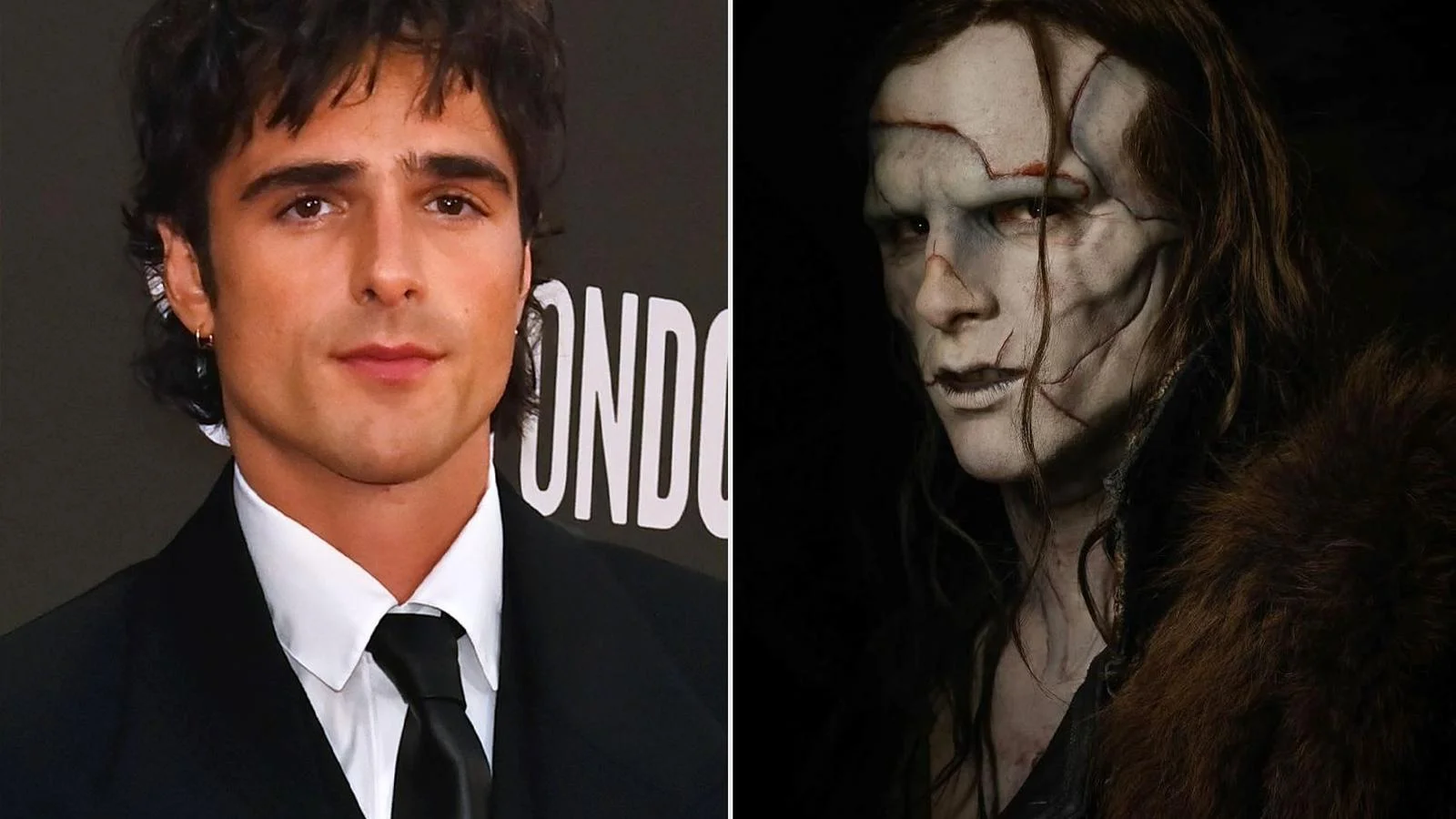Netflix’s upcoming film Frankenstein, directed by Guillermo del Toro, presents a startlingly unique portrayal of the iconic monster, bringing the Jacob Elordi Frankenstein reveal into the spotlight. The film’s latest trailer, released shortly before its streaming debut, finally shows The Creature in full for the first time, challenging traditional expectations of the character’s appearance.
A New Look for The Creature Emerges in Netflix’s Trailer
Netflix recently shared a new trailer featuring multiple visuals of Jacob Elordi in the role of The Creature. Unlike classic interpretations of Frankenstein’s monster, Elordi’s version possesses striking white skin, a characteristic that visually echoes the Engineers from Ridley Scott’s Prometheus. This deviation from the typical monster image invites the audience to reconsider what Frankenstein’s creation embodies in this adaptation.
Guillermo del Toro’s Distinct Vision Shapes the Story
Having long aspired to bring his interpretation of Frankenstein to life, Guillermo del Toro utilized Netflix’s platform to realize his vision. The film remains largely faithful to Mary Shelley’s original novel but incorporates purposeful changes to deepen its emotional impact. Critics have widely praised these adjustments, marking the film as a strong contender for Oscar nominations this year—possibly Netflix’s primary pick for Best Picture.
Del Toro’s approach emphasizes humanizing The Creature, steering away from the monster’s usual horror iconography. As he explained, his Frankenstein focuses on the relationship between father and son, highlighting the emotional nuances between The Creature and his creator. This aligns with del Toro’s signature style, which consistently explores the humanity within monsters rather than portraying them as mere frightening figures.

Jacob Elordi’s portrayal has garnered acclaim for embodying the tragic depth of the character. Unlike purely digital effects, Elordi performed under intensive prosthetics and makeup, lending a tactile authenticity that enhances The Creature’s presence. This commitment to practical effects recalls similar choices by filmmakers like James Gunn, who opted for makeup over CGI to transform Anthony Carrigan into Metamorpho in Superman, thus strengthening the believability of the character on screen.
Performance and Awards Potential
Elordi’s role as The Creature provides the emotional core of the film, which may position him for consideration in the Best Supporting Actor category during awards season. With competition always fierce, whether Elordi secures a nomination remains uncertain, but the film’s momentum suggests he could receive strong backing. Additionally, del Toro’s expert craftsmanship and dedication to detail could earn Frankenstein nominations in technical categories such as Best Makeup and Hairstyling.
This film also reinforces why del Toro is often regarded as a filmmaker uniquely attuned to stories that explore the blend of monstrosity and humanity, making this adaptation a distinguished entry in the long line of Frankenstein interpretations.
The Cultural and Cinematic Significance of This Adaptation
This new unveiling of The Creature challenges longstanding conceptions of Frankenstein’s monster, urging audiences to embrace complexity and empathy in a figure traditionally viewed through a lens of horror. The film’s timing, coming just before its streaming release, creates anticipation and conversation within cinephile communities eager to witness this fresh take.
Netflix’s decision to reveal more of The Creature ahead of the premiere contrasts with the marketing strategy of withholding full visuals, signaling confidence in the power of del Toro’s vision and Elordi’s performance to captivate viewers without relying on conventional shock value.
Ultimately, this film may influence future adaptations that seek to balance faithfulness to the source with innovative storytelling. It underscores the importance of character depth over mere spectacle, positioning del Toro’s Frankenstein as a significant cultural moment that could inspire reinterpretations of classic horror icons.
“about being a father, being a son,” Guillermo del Toro, Director
